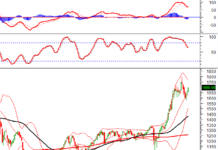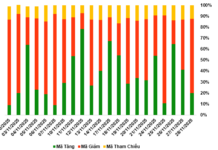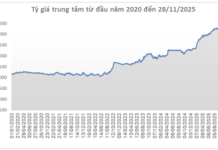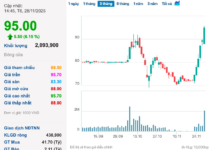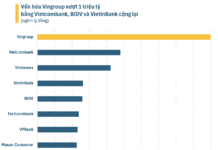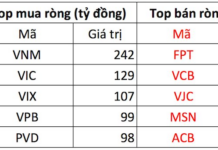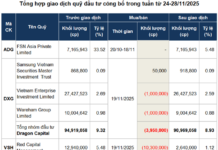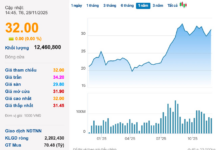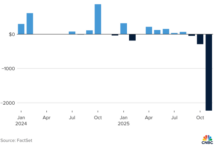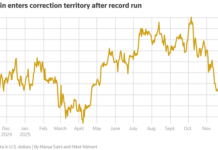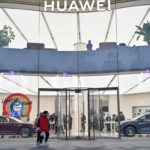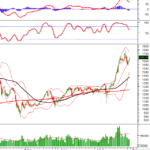While the highly-anticipated iPhone with a foldable screen remains elusive, the foldable smartphone market witnessed a stark 38% decline in screen orders during Q3 2024 compared to the same period last year. This marks an abrupt end to the consistent growth streak of at least 40% from 2019 to 2023.
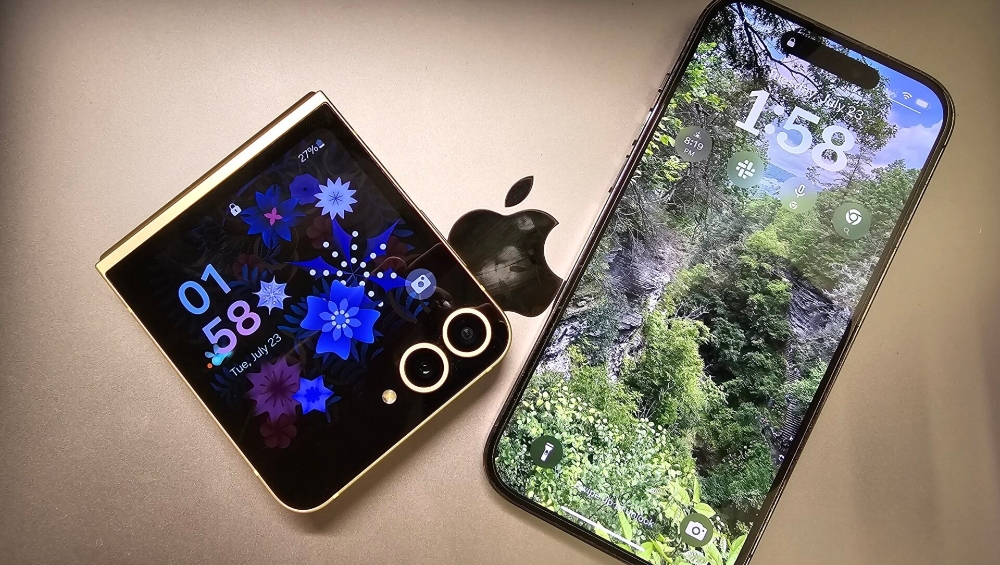
This downturn not only affects smaller brands but also significantly impacts the industry giants. Samsung, the market leader with a 52% share, saw a sales decline of over 10% for its Galaxy Z Flip 6 compared to its predecessor. The situation is even more dire in the US and Chinese markets, where foldable smartphones are still scarce.
The second-largest manufacturer, Huawei, couldn’t escape this fate either, as its market share plummeted from 30% to 13% in Q3 2024. US restrictions on the import of processors and semiconductors into China have severely hampered Huawei’s ability to innovate in the premium segment.
With the two dominant players, accounting for 70% of the foldable smartphone market, facing headwinds, the overall market is experiencing a slowdown. Even with the weakening of these two giants, no other manufacturer has emerged as a reliable alternative.
iPhone Foldable: A Ray of Hope
Amidst this gloomy landscape, news of Apple’s entry into the foldable smartphone market in the latter half of 2026 brings new optimism. DSCC analysts predict that Apple’s strong position in the premium segment could revive the entire market, forecasting record growth of over 30% in 2026, followed by at least 20% in 2027 and 2028.
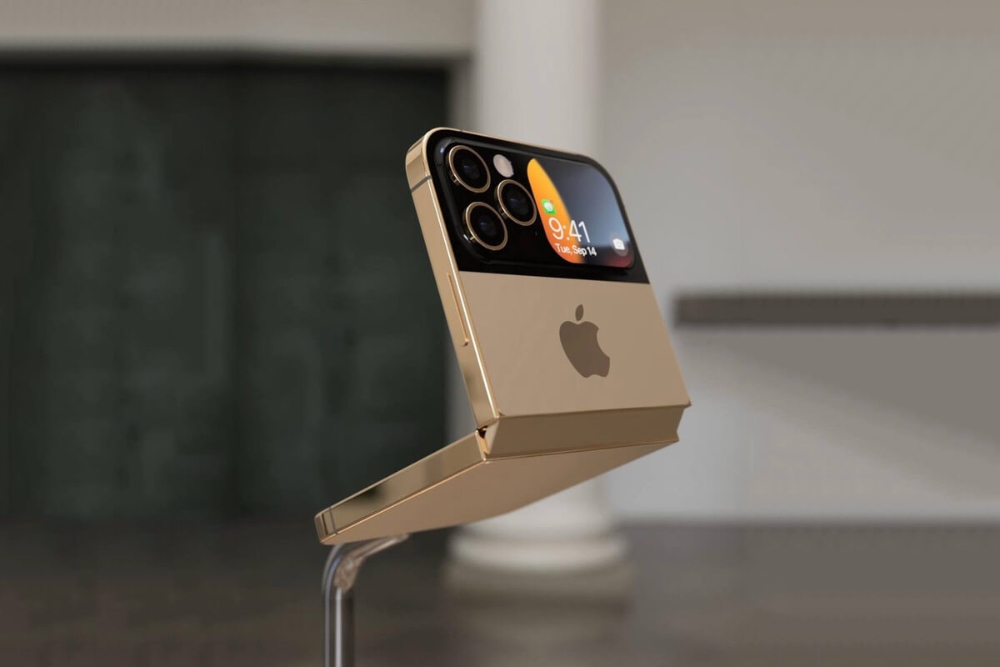
The iPhone Foldable is expected to feature a clamshell design similar to the Galaxy Z Flip, with a 7.9 to 8.3-inch screen that folds vertically. This design not only retains the advantages of a traditional iPhone but also offers the benefits of a compact device. Apple’s reputation for innovation and quality could address some of the current market challenges, particularly regarding durability and user experience.
However, Apple’s ability to resuscitate this segment hinges on delivering compelling use cases and justifying the high price point. Historically, Apple has successfully transformed emerging markets into significant successes, as evidenced by its triumphs with smartphones, tablets, and smartwatches. The current challenge lies in replicating this feat in the foldable segment.
The Race to 100,000: Can Huawei’s Homegrown OS Dream Compete?
Huawei has set an ambitious target for its proprietary operating system, aiming to reach 100,000 apps within the next six months to a year.
The Ultimate Powerhouse: Apple’s New iPad Pro Available Early in Vietnam, Starting at VND 11.39 Million
The iPad Mini 7 is an impressive upgrade to its predecessor, boasting a powerful CPU that’s 30% faster and graphics that are a remarkable 25% quicker. This sleek and compact tablet delivers an exceptional performance boost, ensuring a seamless and highly responsive user experience. With its enhanced processing power and stunning visuals, the iPad Mini 7 takes your everyday tasks and entertainment to new heights. It’s a true testament to Apple’s commitment to innovation and performance.


